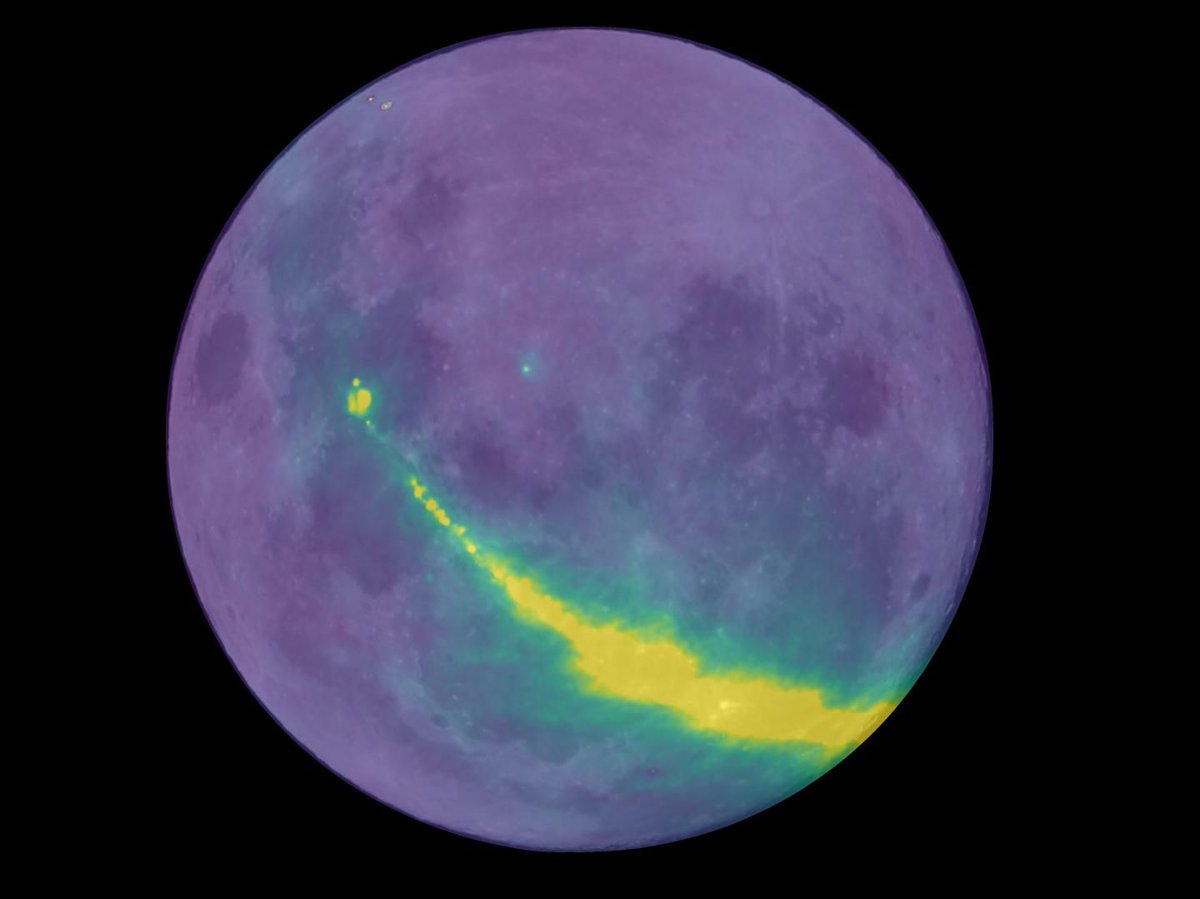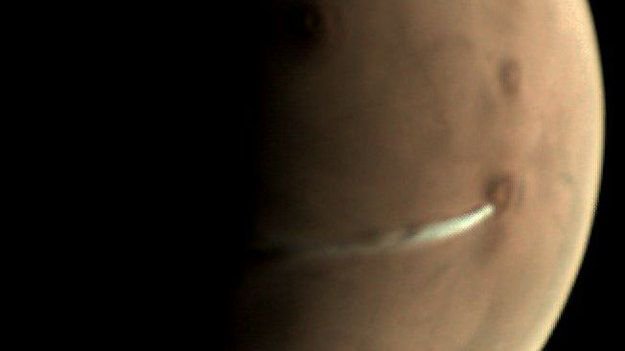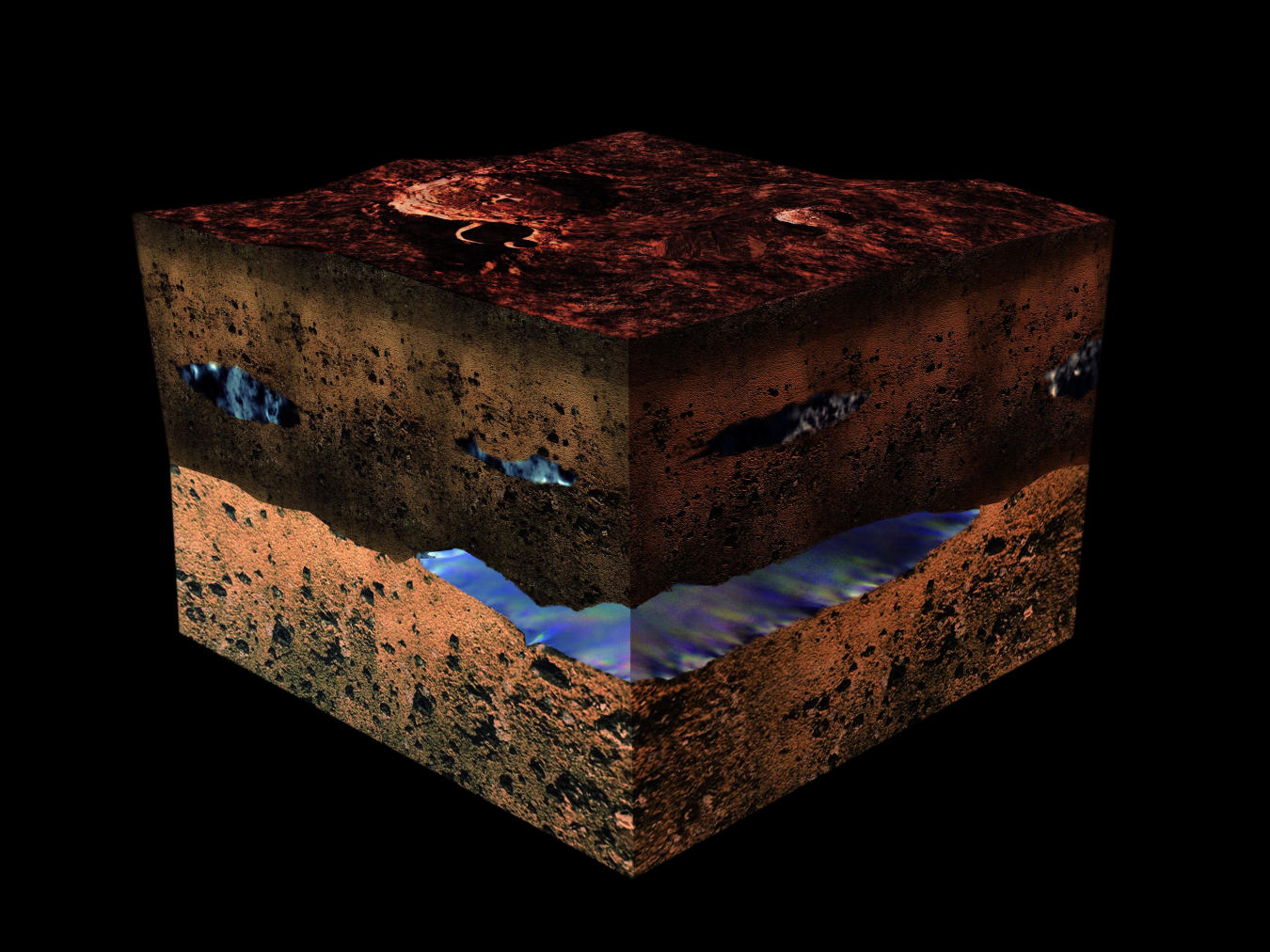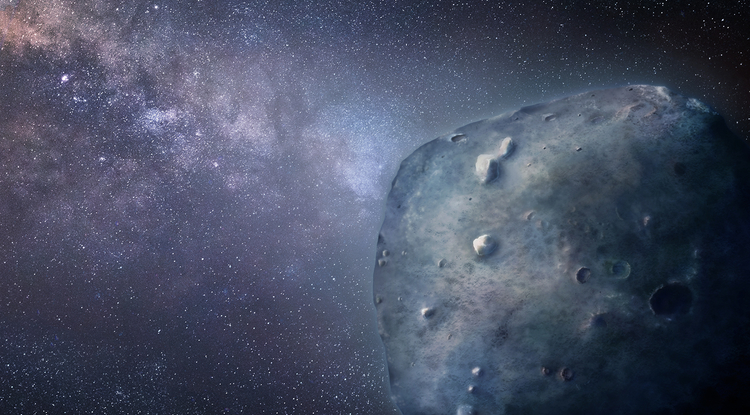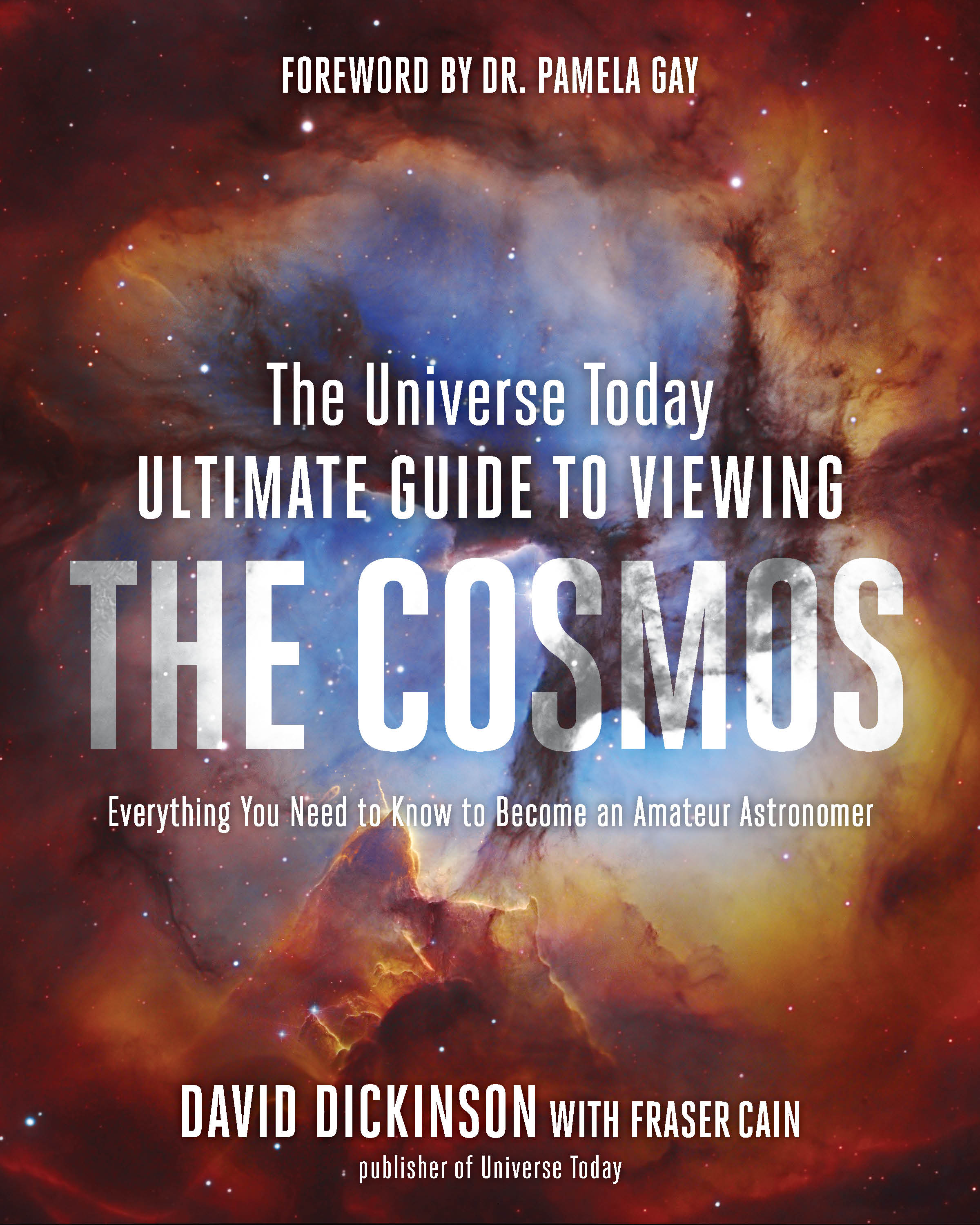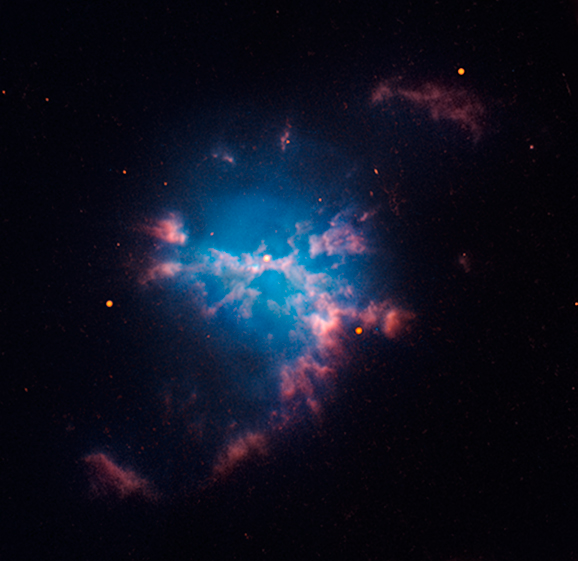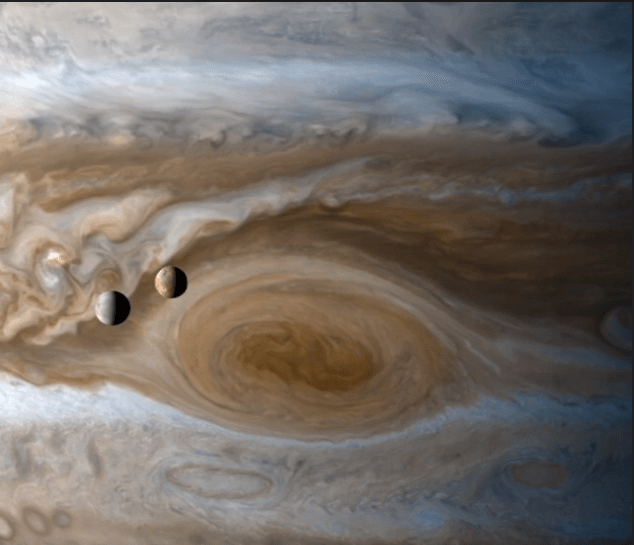Hello all. I hope our readers don’t mind that I’m taking a bit of a diversion here today to engage in a little shameless self-promotion. Basically, I wanted to talk about my recently-published novel – The Jovian Manifesto. This book is the sequel to The Cronian Incident, which was published last year (and was a little shamelessly promoted at the time).
However, I also wanted to take this opportunity to talk about hard science fiction and how writing for a science publication helped me grow as a writer. By definition, hard sci-fi refers to stories where scientific accuracy is emphasized. This essentially means that the technology in the story conforms to established science and/or what is believed to be feasible in the future.
So when I set out to write The Cronian Incident, I wanted it to be as realistic as possible, both in terms of technology and setting. Many of the ideas I came up with, and much of the material I drew from, was inspired from my work here at Universe Today. Since I joined the team in 2010 and became a regular member in 2014, I’ve had the chance to write about space-related news, as well as exciting research and scientific breakthroughs.
Continue reading “How Science Journalism Helped Me Become a Better Sci-Fi Writer”

